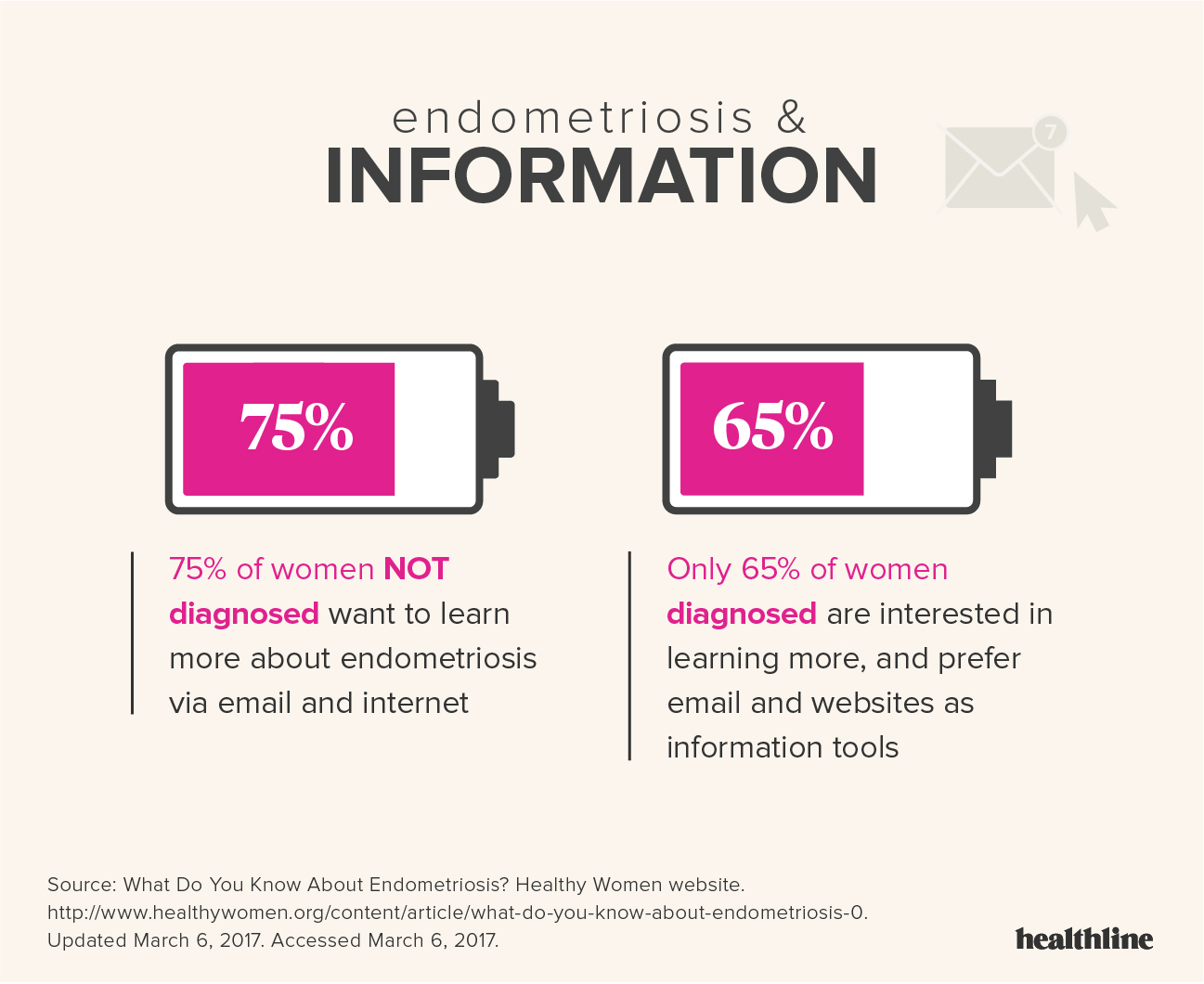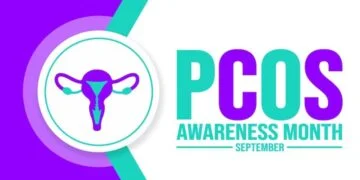Endometriosis is a condition in which tissue similar to the inner lining of the uterus begins to grow outside the uterus, often forming painful cysts. Endometriosis cysts and lesions have been discovered on pelvic organs such as the ovaries, rectum, and vagina, as well as in rare cases on extra-pelvic organs such as the lungs. This causes an inflammatory environment, which may result in scar tissue formation, eventually causing pelvic organs to stick together. Debilitating pain during menstruation, painful bowel movements, pain during urination, pain during sexual intercourse, and fatigue are among the symptoms. It is also linked to an increased risk of infertility. Unfortunately, endometriosis has no treatment.
Though hormone therapy can alleviate symptoms, it is widely known to have negative side effects. Endometriosis lesions must be surgically removed, but the possibility of relapse cannot be ruled out. Endometriosis affects an estimated 10-15% of all menstruators, according to current data. Because of the number of patients who go undiagnosed, this figure could be much higher. Despite such a high prevalence, women must wait an average of 6.7 years for a diagnosis. This prolongs their suffering, which frequently results in patients experiencing mental health issues. Many factors, beginning with the difficulty of diagnosis, contribute to the delay in diagnosis. This condition cannot be diagnosed using blood tests. Doctors can diagnose endometriosis based on symptoms, but surgery is required for a definitive diagnosis.

Because of their similar symptoms, endometriosis is frequently misdiagnosed for other conditions such as irritable bowel syndrome or appendicitis. Indeed, a lack of research using female animal models is one of the primary reasons why women’s health issues are misdiagnosed. Male animals have traditionally been used more than females because they were thought to be less variable due to the lack of monthly hormonal cycles.
As a result, most research has been skewed in favor of male subjects. For issues pertaining to the female body, researchers are still attempting to determine the best-fit mammalian model in which to conduct studies. Aside from bias in medical research, it is not uncommon for women’s pain to be treated less seriously than men’s. This can be traced back to a history of women being labeled “hysterical” if they complained of pain when the source was not obvious at first glance. The term ‘wandering womb’ was first used in ancient Greek texts to describe the belief that a displaced uterus was the source of pain caused by strange, seemingly invisible illness. This gave rise to the concept of ‘hysteria’ as a mental disorder, paving the way for modern-day women to be told that their seemingly invisible pain was “in their heads.”As a result, it is not uncommon for women’s suffering to be minimized or dismissed. In fact, the term “gender pain gap” was coined to address discrimination in healthcare, where unconscious bias leads to women’s pain being dismissed as unimportant. Aubrion Rogers was one of the victims. She had been discussing her ordeal with other sufferers on the internet. She had expressed frustration in previous posts that her pain was not being taken seriously.

An ultrasound (which she requested) revealed that she had three fibroids, one cyst, one enlarged ovary, and one large 11-cm mass (according to one Instagram user). Despite this, she was asked to return home. Her husband took to social media in the last week of January to inform her followers that she had been taken to emergency surgery to remove a burst ovary and endometriomas. Sadly, she died while in recovery. She might have lived if she had received the proper treatment sooner. Despite the obvious high prevalence of endometriosis, many people have never heard of it. One of the primary reasons for this is that women are expected to suffer silently, especially when the pain is associated with their menstrual cycles.
This causes a delay in diagnosis and discourages diagnosed women from speaking out about their experiences. Some may believe that this problem is unique to rural areas because urban areas have abandoned ‘archaic notions’ about menstruation. However, if you ask any woman in a major city about her experiences with her diagnosis, you will almost certainly be corrected. As an endometriosis patient, it took nearly five years to receive a correct diagnosis. While some doctors dismissed my discomfort, others advised me to “get married” and “have children” in order to deal with it. Surprisingly, I had these experiences in cities such as Mumbai and Bangalore. But it’s not all bad news.
Endometriosis research has sparked an increased interest. A quick search of PubMed, the most popular biomedical research archive, reveals a steady increase in the number of studies on endometriosis over the last few years. In the late 1990s and early 2000s, there were only about 500 articles per year. This figure has risen significantly, with over 2,000 articles published in 2021 alone. With research advancing our understanding of the disease, an increasing number of hospitals are employing a multidisciplinary approach to endometriosis treatment. Some endometriosis treatment centers employ doctors with fellowships in endometriosis surgery. Endometriosis surgeries can now be performed in a minimally invasive manner as well, thanks to advanced infrastructure. Endometriosis is often overlooked due to a lack of awareness and the difficulty in diagnosing the condition. With medical advancements, there have been small but consistent efforts to address the latter. However, communication about female-specific diseases such as endometriosis remains limited. We may have passed the ‘wandering womb’ era, but there is still a long way to go.









































